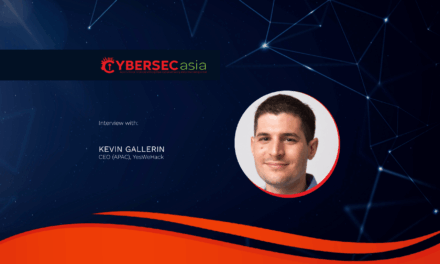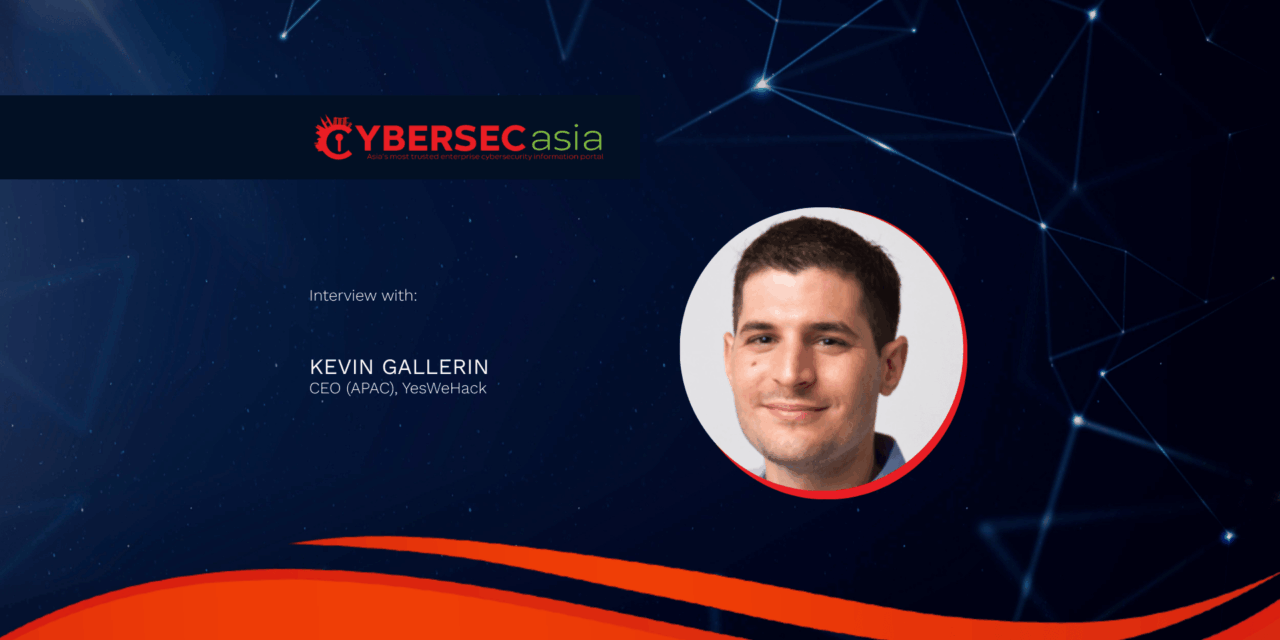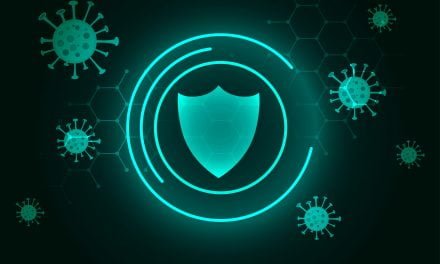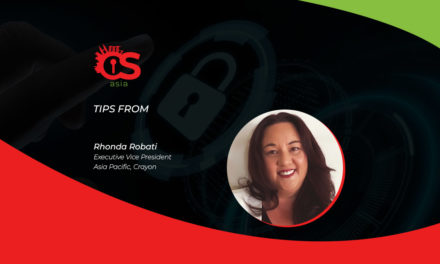Ethical hackers, legitimized by evolving regulations, now play a central role in proactive cybersecurity defenses and AI ecosystem protection.
Cybercriminal syndicates, state-sponsored hackers and mercenary scammers alike have been outsmarting even some government cyber initiatives, raking-in billions in illicit gains over the years.
With governments and enterprises alike reassessing their approaches to digital security amid surging scam activity, one strategy gaining traction is the integration of ethical hackers into mainstream cybersecurity frameworks — through coordinated disclosure programs and bug bounty platforms.
To get a better picture of thisonce-niche and contentious approach, CybersecAsia.net interviewed Kevin Gallerin, CEO (APAC), YesWeHack for updates on how structured partnerships with ethical hackers can forge resilient defenses in both public and private sectors.
CybersecAsia: Ethical hackers were once viewed with suspicion by governments and corporations. What key regulatory and cultural changes have enabled their collaboration, and how has this shaped cybersecurity?
KG: The most critical factors are clarity, trust, and mindset.
- Organizations must clearly define the scope of testing, rules of engagement, and legal protections.
- A well-crafted Vulnerability Disclosure Policy (VDP) is essential, outlining what systems can be tested, how they will be tested, and who is authorized to conduct the testing.
- Explicit permissions and safe harbor clauses protect good-faith researchers from legal liability, while clear communication channels ensure transparency.
- Trust is equally important. Vetting ethical hackers for credibility and experience is crucial, especially when working with sensitive government infrastructure or regulated industries.
- Organizations must also adopt the right mindset: vulnerabilities will be found during bug bounty programs, and this is the point. The value comes from treating each finding as an opportunity to learn and improve, rather than as a reason to assign blame.
- Partnerships work best when ethical hackers are treated as part of the team, not just external testers. This includes structured feedback loops, recognition, and open communication that keeps researchers and internal teams aligned at every step.
When organizations foster a collaborative environment, they maximize the benefits of ethical hacking.
CybersecAsia: How should legal and ethical challenges be addressed to ensure all parties are protected?
KG: Partnering with ethical hackers requires careful preparation, especially when sensitive systems are involved.
The most important step is to be explicit about scope and authorization: what systems can be tested, what methods are off-limits, and who is allowed to participate.
Even if opening to an external community feels risky, the reality is that not doing so is far riskier. Vulnerabilities exist whether organizations invite hackers in or not; the real question is who finds them first. Without a structured channel, it will be malicious actors exploiting weaknesses in exposed systems.
Engaging with vetted researchers under clear rules transforms that risk into an opportunity for improvement.
- Legal protections, such as safe harbor clauses, shield researchers from liability when acting in good faith.
- Ethical considerations include ensuring that researchers do not overstep boundaries or access unauthorized data.
- Transparency is maintained through clear communication, regular updates, and documented processes.
By addressing these challenges proactively, organizations can build trust and ensure that ethical hacking collaborations are both effective and secure.
CybersecAsia: How do you see the role of ethical hackers evolving in the next five to 10 years?
KG: As AI systems become central to both attack and defense roles in cybersecurity, the landscape for ethical hackers is shifting from finding traditional bugs to addressing AI-specific weaknesses.
With AI embedded everywhere — from chatbots and autonomous decision engines to IoT devices powered by edge AI — ethical hackers will no longer just test applications but entire ecosystems, including model supply chains, inference APIs, and prompt workflows.
Applications will be built faster, cheaper, and by a wider pool of developers, which inevitably introduces more vulnerabilities. However, while automation can clear out basic issues, it can also accelerate complexity and scale.
In the next decade, ethical hackers will play a critical role in keeping AI itself resilient and trustworthy. They will need to understand not only traditional security flaws but also the unique risks posed by AI systems, such as adversarial attacks, data poisoning, and model manipulation.
The ethical hacker of the future will be a key defender of both digital infrastructure and the integrity of AI-driven technologies.
CybersecAsia thanks Kevin Gallerin for sharing his professional insights with readers.


















